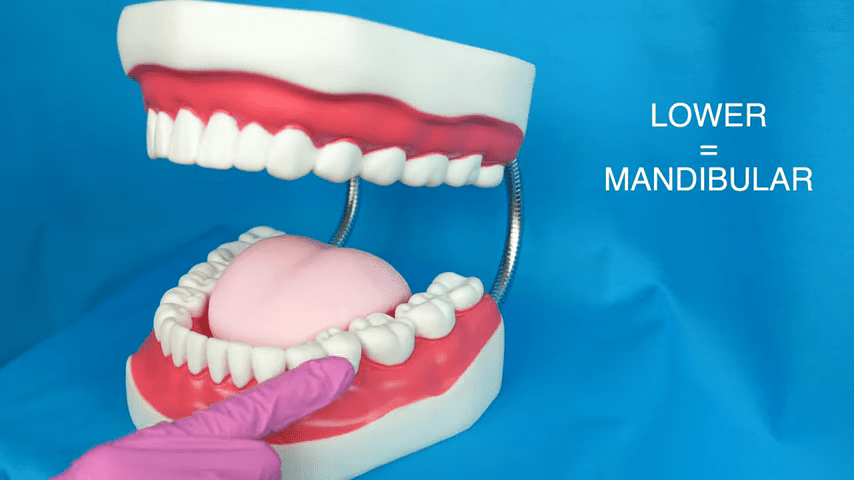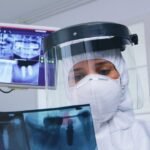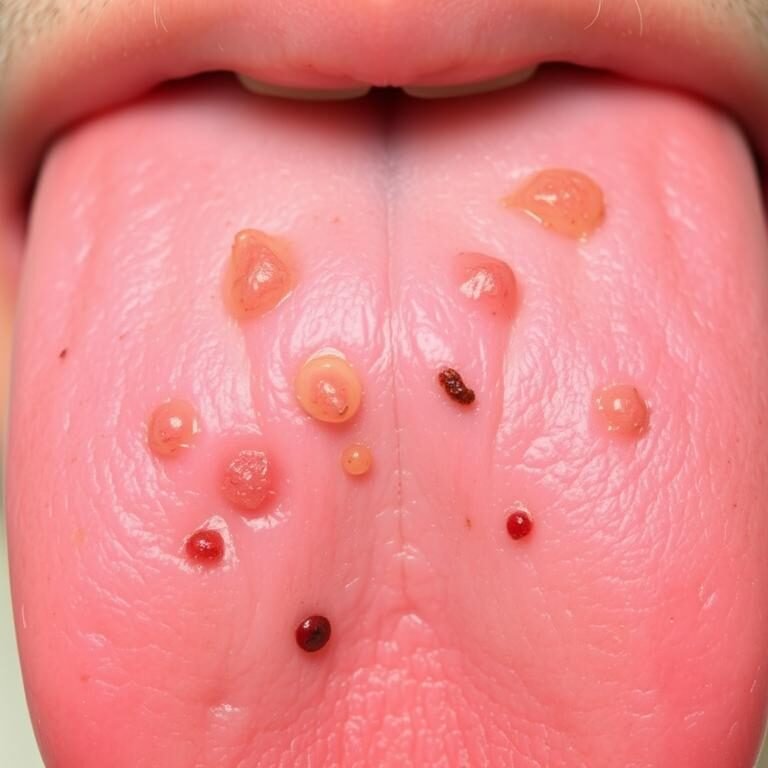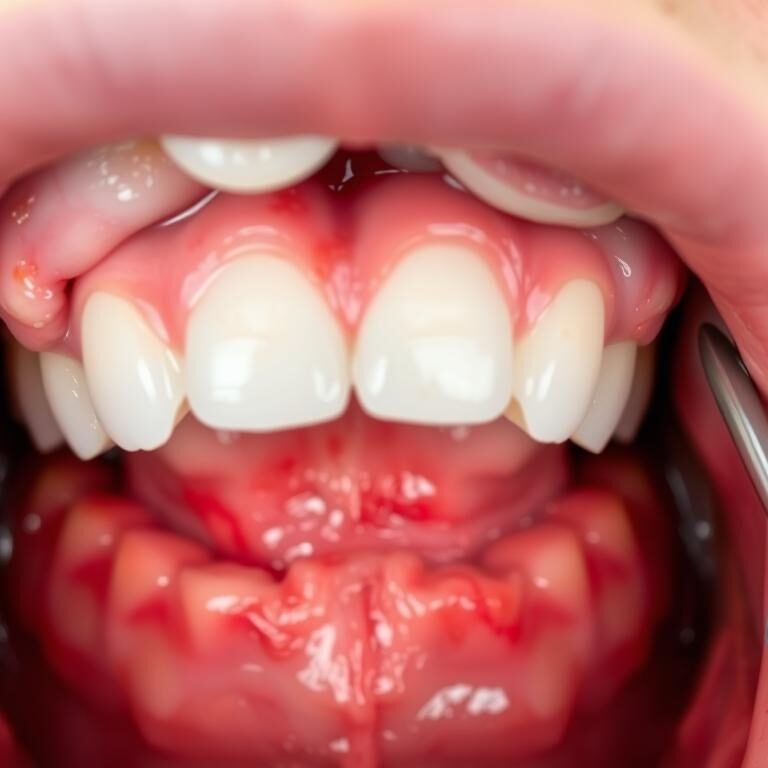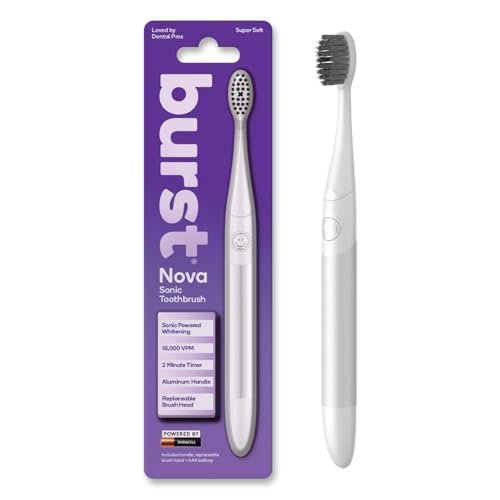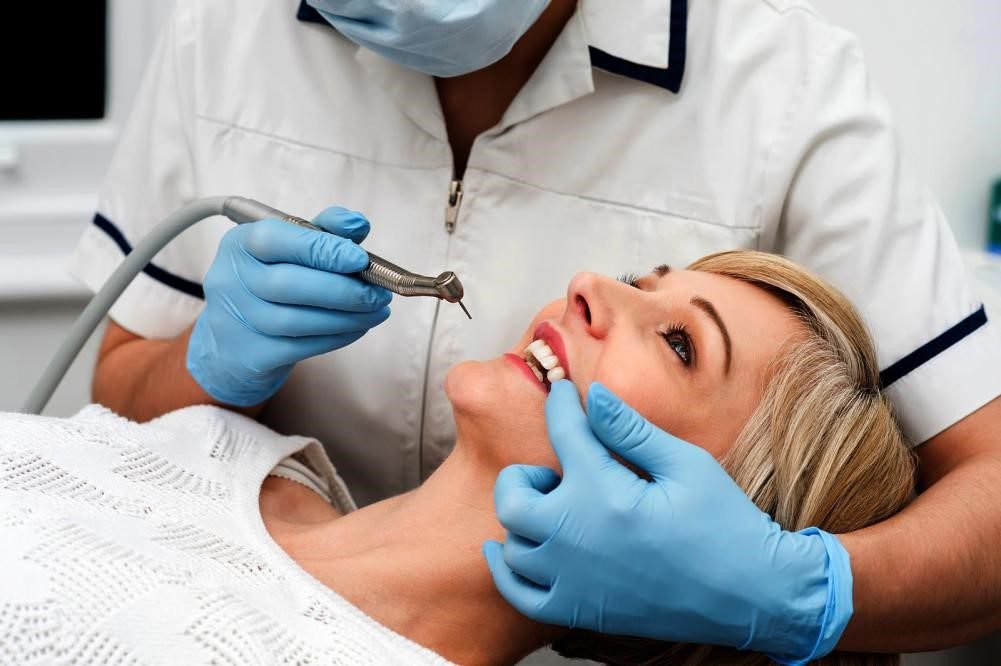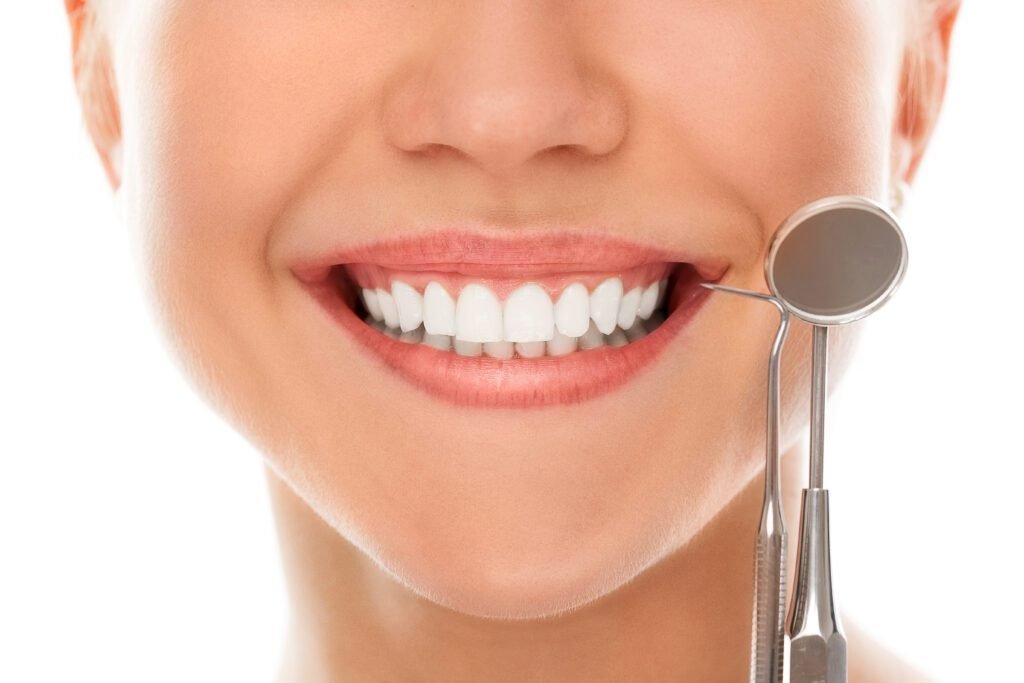Table of Contents
Anatomy of the Mouth and Teeth
The mouth and teeth play a crucial role in our overall health and well-being. The Dental Terms mouth is the initial point of contact for food digestion and serves as a gateway to the respiratory and digestive systems. Within the mouth, we find a complex structure consisting of the lips, cheeks, tongue, palate, and of course, the teeth.
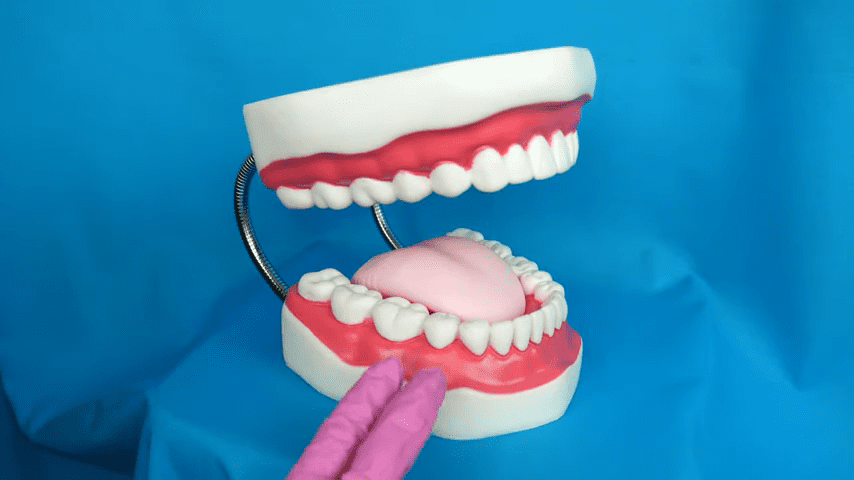
Teeth are vital for chewing, speaking, and maintaining proper facial structure. They are composed of different parts, including the crown, which is the visible part above the gumline, and the roots, which anchor the teeth into the jawbone. Each tooth is made up of enamel, dentin, pulp, and cementum, all working together to support the tooth’s function and health. Understanding the anatomy of the mouth and teeth is essential for maintaining good oral hygiene and preventing dental issues in the future.
Common Dental Conditions
Tooth decay, also known as dental caries, is a prevalent dental condition that occurs when bacteria in the mouth produce acids that erode the tooth enamel. If left untreated, tooth decay can lead to cavities, pain, and infection. Good oral hygiene practices, such as regular brushing and flossing, along with professional cleanings, can help prevent tooth decay.
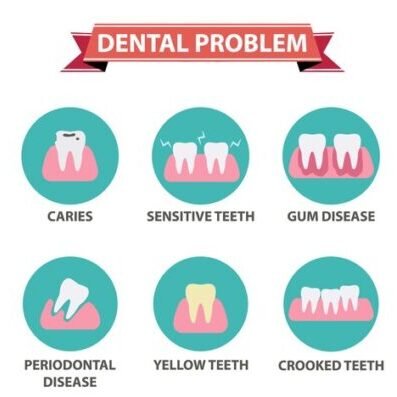
Gingivitis is another common dental condition characterized by inflammation of the gums. It is often caused by poor oral hygiene that leads to the buildup of plaque and tartar along the gumline. Symptoms of gingivitis include red, swollen, and bleeding gums. If untreated, gingivitis can progress to a more severe form of gum disease called periodontitis, which can result in tooth loss. Regular dental check-ups and cleanings are essential in preventing and managing gingivitis.
Dental Procedures and Treatments

During dental procedures and treatments, dentists utilize various techniques to address oral health issues and improve overall dental wellness. Common procedures include dental cleanings, fillings, extractions, root canals, crowns, bridges, and implants. These procedures aim to restore function, aesthetics, and health to the teeth and gums, promoting a healthy smile and preventing further dental complications.
In addition to traditional treatments, advancements in dentistry have led to the development of innovative procedures such as laser dentistry, digital imaging, and sedation dentistry. These modern techniques offer patients more comfortable and efficient options for maintaining their oral health. By staying informed about the latest advancements in dental care, patients can make well-informed decisions about their treatment options and achieve optimal oral health outcomes.
Importance of Oral Hygiene
Maintaining good oral hygiene is essential for overall health and well-being. Brushing and flossing daily help to remove food particles and plaque that can lead to cavities, gum disease, and other oral health issues. By practicing proper oral hygiene habits, individuals can prevent the onset of these conditions and maintain a healthy smile.
Regular dental check-ups and cleanings are also crucial components of oral hygiene. Dentists can detect early signs of dental problems and provide necessary treatment to prevent further complications. Additionally, professional cleanings help remove tartar buildup and polish the teeth, promoting good oral health and preventing decay. By prioritizing oral hygiene, individuals can ensure a bright and healthy smile for years to come.
Preventive Dental Care
Maintaining good oral health through preventive dental care is paramount to ensuring a healthy mouth and overall well-being. Regular dental check-ups and cleanings play a crucial role in preventing dental issues such as cavities, gum disease, and tooth decay. These routine visits allow dental professionals to assess your oral health, identify any potential problems early on, and provide personalized advice on effective oral hygiene practices tailored to your specific needs.
Aside from professional dental visits, practicing good oral hygiene at home is essential for preventing dental problems. Brushing your teeth at least twice a day with fluoride toothpaste, flossing daily, and using an antiseptic mouthwash can help reduce the build-up of plaque and bacteria that can lead to oral health issues. Additionally, maintaining a balanced diet low in sugary and acidic foods can help keep your teeth and gums healthy. By prioritizing preventive dental care, you can safeguard your oral health and reduce the risk of more serious and costly dental procedures in the future.
Dental Materials and Tools
Dental materials and tools play a crucial role in the field of dentistry, aiding in the prevention, diagnosis, and treatment of various oral health issues. From dental amalgam and composite resins to impression materials and surgical instruments, these components are carefully selected and utilized to ensure optimal patient care and treatment outcomes. The quality and functionality of these materials have a direct impact on the success of dental procedures, making their selection and application key considerations for dental professionals.
| Category | Material/Tool |
|---|---|
| Restorative | Composite resin |
| Glass ionomer cement | |
| Amalgam | |
| Dental porcelain | |
| Gold | |
| Composite bonding agents | |
| Cavity liners | |
| Preventive | Fluoride varnish |
| Dental sealants | |
| Prophylaxis paste | |
| Prosthodontic | Denture base materials |
| Dental alloys | |
| Acrylic resins | |
| Metal frameworks | |
| Endodontic | Gutta-percha |
| Endodontic files | |
| Sealers | |
| Obturation materials | |
| Periodontal | Scaling instruments |
| Curettes | |
| Periodontal probes | |
| Periodontal scalers | |
| Orthodontic | Brackets |
| Archwires | |
| Ligatures | |
| Elastics | |
| Orthodontic pliers | |
| Diagnostic | Dental mirrors |
| Explorers | |
| Probes | |
| X-ray machines and sensors | |
| Intraoral cameras | |
| Radiographic films | |
| Miscellaneous | Dental drills |
| Ultrasonic scalers | |
| Impression materials | |
| Dental cements | |
| Dental adhesives | |
| Bite registration materials | |
| Temporary crowns and bridges | |
| Mixing devices (e.g., spatulas) |
In the realm of dental tools, advancements in technology have revolutionized the way dental procedures are performed, enhancing precision, efficiency, and patient comfort. Instruments such as ultrasonic scalers, digital radiography systems, and intraoral cameras have not only improved diagnostic capabilities but have also streamlined treatment processes. With the continuous evolution of dental materials and tools, dental practitioners are better equipped to deliver high-quality care, making a positive impact on the overall oral health and well-being of their patients.
Types of Dental Restorations
When it comes to restoring damaged or missing teeth, there are several types of dental restorations available to address various oral health concerns. One common type is dental fillings, which are used to repair cavities caused by decay. These fillings can be made from materials such as amalgam, composite resin, gold, or porcelain, each offering different benefits in terms of durability, aesthetics, and cost.
Another popular dental restoration is dental crowns, which are tooth-shaped caps that are placed over a damaged or weakened tooth to restore its strength, shape, and function. Crowns can be made from materials like metal, porcelain-fused-to-metal, all ceramic, or zirconia, providing options for both esthetics and durability depending on the patient’s needs and preferences. Dental bridges are also commonly used to replace one or more missing teeth by anchoring artificial teeth to adjacent natural teeth or dental implants, helping to restore proper bite and prevent shifting of surrounding teeth.
Orthodontic Terms and Concepts
Orthodontic treatment plays a crucial role in correcting misaligned teeth and jaws to enhance oral health and aesthetics. One fundamental term in orthodontics is “malocclusion,” referring to the improper alignment of the upper and lower teeth when the jaws are closed. Various types of malocclusions include overbite, underbite, crossbite, and overcrowding, each requiring customized orthodontic interventions to address.
| Term/Concept | Definition/Explanation |
|---|---|
| Malocclusion | Misalignment or incorrect relation between the teeth. |
| Overjet | Horizontal projection of the upper teeth beyond the lower ones. |
| Overbite | Vertical overlap of the upper teeth over the lower ones. |
| Crossbite | Misalignment where upper teeth sit inside the lower teeth. |
| Underbite | Lower teeth protrude past the front teeth when biting. |
| Crowding | Insufficient space in the mouth for teeth to properly align. |
| Spacing | Gaps between teeth due to excessive space in the dental arch. |
| Braces | Orthodontic appliances used to correct teeth alignment. |
| Retainers | Devices worn after braces to maintain teeth alignment. |
| Orthodontist | Dental specialist focusing on correcting teeth misalignment. |
| Occlusion | The alignment and contact of teeth when the jaws are closed. |
| Palatal Expander | Device used to widen the upper jaw. |
| Invisalign | Clear aligners used as an alternative to traditional braces. |
| Elastics (Rubber Bands) | Used with braces to apply pressure for tooth movement. |
| Orthognathic Surgery | Surgical correction of severe jaw misalignment. |
| Dental Impressions | Molds of teeth used to create orthodontic appliances. |
| Bracket | Small attachment bonded to each tooth with braces. |
| Archwire | Wire attached to brackets to guide teeth into correct position. |
Braces, aligners, and retainers are common orthodontic appliances used to straighten teeth and correct bite issues. Braces consist of brackets bonded to teeth and wires that apply gentle pressure to move teeth into the desired position. In contrast, aligners such as Invisalign offer a discreet and removable option for realigning teeth. Retainers, on the other hand, help maintain the results achieved through orthodontic treatment by holding teeth in their corrected positions. Understanding these essential terms and concepts in orthodontics is key to navigating and comprehending the intricacies of orthodontic care.
Periodontal Terminology
Gingivitis is a common term used to describe inflammation of the gums, often characterized by redness, swelling, and bleeding. This condition is typically caused by poor oral hygiene that leads to the accumulation of plaque along the gum line. If left untreated, gingivitis can progress to periodontitis, a more severe and destructive form of gum disease. Periodontitis involves the inflammation and infection of the structures supporting the teeth, including the gums, jawbone, and ligaments.
Periodontal pockets are spaces that form between the teeth and gums as a result of gum disease. These pockets provide an ideal environment for bacteria to thrive, leading to further inflammation and bone loss if not properly managed. To prevent the progression of periodontal disease, regular dental visits for professional cleanings and early intervention are crucial. Effective oral hygiene practices, such as brushing, flossing, and using antimicrobial mouth rinses, play a vital role in maintaining healthy gums and preventing periodontal complications.
Oral Surgery Definitions
Oral surgery encompasses a variety of procedures that involve surgical interventions within the oral cavity. Common oral surgeries include tooth extractions, dental implants, jaw surgeries, and treatment of oral lesions. These procedures are typically performed by oral surgeons, who are specially trained in surgical techniques related to the mouth and jaw.
One of the key goals of oral surgery is to address complex dental issues that cannot be resolved through non-invasive treatments. Oral surgeons play a crucial role in restoring oral health, function, and aesthetics for patients with a range of dental conditions. These specialists work closely with other dental professionals to ensure comprehensive care and successful outcomes for patients undergoing oral surgical procedures.
Pediatric Dentistry Terms
Pediatric dentistry encompasses a specialized branch of dental care tailored to the unique needs of children from infancy through adolescence. Within the realm of pediatric dentistry, terms such as “fluoride varnish,” “pit and fissure sealants,” and “pediatric dental sedation” play crucial roles in maintaining the oral health of young patients.
Fluoride varnish is a protective coating that helps prevent tooth decay, often applied during routine dental visits to strengthen the enamel and combat acid erosion. Pit and fissure sealants are thin, plastic coatings that are painted onto the chewing surfaces of teeth to shield them from harmful bacteria and food particles, reducing the risk of cavities. Pediatric dental sedation techniques are used to alleviate anxiety and discomfort during complex procedures, ensuring a positive and stress-free dental experience for children.
Another essential term in pediatric dentistry is “interceptive orthodontics,” a proactive approach to addressing bite issues and dental misalignments in young patients. By identifying and correcting dental problems early on, interceptive orthodontics aims to guide proper jaw development and tooth alignment, potentially reducing the need for extensive orthodontic interventions later in life. Additionally, the term “primary teeth” refers to the set of baby teeth that gradually emerge in childhood and serve as placeholders for the permanent teeth to come. Proper maintenance and care of primary teeth are vital for ensuring healthy oral development and laying the foundation for a lifetime of good dental health habits.
Endodontic Vocabulary
In the field of endodontics, various terms play a crucial role in understanding the procedures and treatments involved in treating issues related to the dental pulp. Root canal therapy, a common endodontic procedure, encompasses terms like pulpectomy, apicoectomy, and gutta-percha obturation. These terms highlight the meticulous process of removing infected pulp, shaping the root canals, and sealing them to prevent further infection.
Moreover, endodontic vocabulary includes terms like periapical, radicular cyst, and resorption, which are essential in diagnosing and treating conditions affecting the tooth roots and surrounding tissues. Understanding these terms is fundamental for both dental professionals and patients alike to navigate discussions, treatment options, and outcomes in endodontic interventions.
Dental Insurance Terminology
Understanding dental insurance terminology is crucial for both patients and dental professionals to navigate the complexities of coverage. The term “Annual Maximum” refers to the maximum amount an insurance plan will pay for dental care within a year, while “Co-payment” is the fixed amount a patient must pay for a specific service. “Deductible” is the amount the patient must pay out of pocket before the insurance starts covering costs, and “Preauthorization” is the approval needed from the insurance provider before certain procedures.
Moreover, “In-Network” denotes dentists who have agreed to provide services at a negotiated rate with the insurance company, offering cost savings to the patient. “Out-of-Network” refers to dentists who do not have a contract with the insurance company, potentially resulting in higher fees for the patient. Understanding these terms can aid in maximizing insurance benefits while minimizing out-of-pocket expenses for patients seeking dental care.
Emerging Trends in Dentistry
In recent years, the field of dentistry has witnessed significant advancements and innovations that are shaping the future of oral healthcare. One emerging trend in dentistry is the increasing use of teledentistry, allowing patients to receive virtual consultations and monitoring from the comfort of their homes. This technology not only improves access to dental care for remote or underserved areas but also enhances convenience and efficiency for both patients and dental professionals.
Another notable trend is the integration of 3D printing technology in dentistry, revolutionizing the fabrication of dental prosthetics, implants, and aligners. With the ability to create precise and customized dental solutions, 3D printing not only improves treatment outcomes but also reduces treatment time and costs. As this technology continues to evolve, we can expect even more advancements in patient care and treatment options in the coming years.
Patient Education Resources
When it comes to educating patients about oral health, having readily available and reliable resources is crucial. Patients often have questions and concerns about maintaining good dental hygiene, understanding common dental procedures, and learning about preventive care practices. Patient education resources play a vital role in empowering individuals to take charge of their oral health and make informed decisions regarding dental treatments. These resources can come in various forms, such as pamphlets, websites, videos, and interactive tools, providing patients with valuable information in a user-friendly format.
By utilizing patient education resources, individuals can enhance their knowledge about dental health and develop a deeper understanding of the importance of oral hygiene practices. These resources can cover a wide range of topics, including proper brushing and flossing techniques, the benefits of regular dental check-ups, and the significance of early intervention for dental issues. Empowering patients with accurate and accessible information can lead to improved oral health outcomes and encourage proactive engagement in preventive measures. It is essential for dental professionals to offer comprehensive patient education resources to support their patients in achieving optimal oral health.
What are some recommended patient education resources for learning more about dental procedures and treatments?
Some recommended patient education resources include websites such as the American Dental Association (ADA) and the Academy of General Dentistry (AGD), which provide information on various dental procedures and treatments.
How can I learn more about the importance of oral hygiene?
You can learn more about the importance of oral hygiene by visiting the Centers for Disease Control and Prevention (CDC) website, which offers valuable resources and information on maintaining good oral health.
Where can I find information on emerging trends in dentistry?
To stay updated on emerging trends in dentistry, you can explore resources from reputable dental organizations such as the American Dental Association (ADA) or attend dental conferences and seminars to learn about the latest advancements in the field.
Are there any online platforms that offer comprehensive information on dental insurance terminology?
Yes, websites such as the National Association of Dental Plans (NADP) and the Dental Insurance Resource Center provide detailed information on dental insurance terminology to help patients better understand their coverage and benefits.

